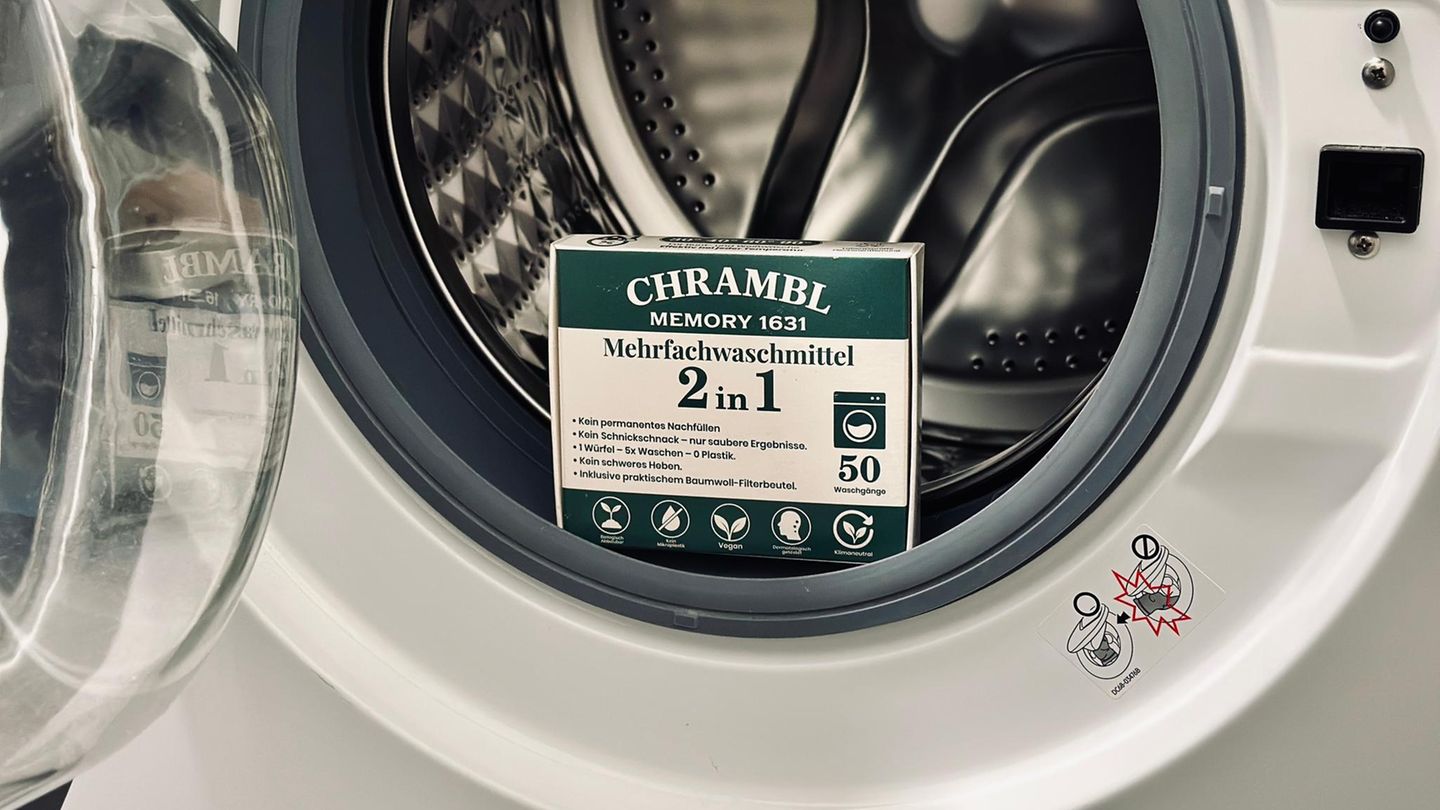The pressure in the compact class is greater than ever. The most popular vehicle segment in Europe has to assert itself against the ubiquitous SUV and increasingly against electric cars. Not an easy situation for the new Peugeot 308, which rolls into dealerships in October.
It’s hard to believe, but not everything is about electric cars and not every new vehicle is an SUV these days. In the C-segment in particular, five-door hatchbacks and station wagons have a powerful customer base in Europe. For years, Peugeot has relied on the successful 308, which is now in its third generation with the current name. The EMP2 platform remains unchanged as the technical basis of the new golf competitor, which will be coming to customers in the fall. The equally popular Peugeot 308 SW will follow as a family station wagon at the beginning of next year. The wheelbase of the new 308 sedan has been extended by an impressive 5.5 centimeters compared to the previous vehicle. The entire vehicle (4.37 meters) grew by eleven centimeters in length and five in width. “The customers of the five-door car complained that the space in the second row was a bit tight compared to the station wagon, which had 11 cm more wheelbase,” explains Agnès Tesson-Faget, product manager of the 308 series.
The new Peugeot has not only grown significantly in overall length, but also has a completely different appearance than its predecessor, especially from the front, thanks to the lush radiator grille and the piercing LED eyes. At the rear there is an optical stripe across the entire width of the car, which we don’t see on the 308 SW because, according to project manager Benoit Devaux, “the idea was to create a greater differentiation between the sedan and the SW and, on the other hand, to enlarge the sheet metal area on the tailgate to generate the idea that it hides a very large trunk “. In the rear, however, it is not only the increase in the wheelbase that is pleasant, but also that the center tunnel has remained significantly flatter than before. In addition, there are now direct air outlets, USB ports and large door pockets in the rear. Not only is the roofline flatter than before; the seats have also been installed lower so that people up to 1.85 meters can sit comfortably in the second row. If the 412 liters of cargo space are not enough, the luggage space can be expanded to 1,323 liters by folding down the 40:20:40 rear seats.
The interior of the Peugeot 308 has not only gained significantly in terms of space, but also the dashboard, which, in addition to the animated cockpit, has a ten-inch multifunctional screen that reacts much faster to touch commands than before. For the first time, the electronics platform can be updated via the radio network (over the air), thus avoiding annoying workshop visits. However, many customers should like the fact that the interior and the underside of the dashboard or the door panels feel more valuable than before. However, the hard plastic parts have still not completely disappeared from the visible area and in the pre-production model some of the metal applications creaked, while the noise level inside fell noticeably when driving, especially in the more elegant versions with insulating glass and heated windshield.
When it comes to drives, Peugeot primarily relies on plug-in hybrids, because apart from the partially electrified PHEV models with 180 and 225 hp, there is only a 1.2-liter three-cylinder petrol engine with 110 or 130 hp and a 130-hp four-cylinder diesel which, like the more powerful petrol engine, can also be ordered with an eight-speed automatic. As before, the offer against the class leader VW Golf lacks all-wheel drive versions, sports versions or adjustable dampers. There are great expectations of the two plug-in hybrids, which have a lithium-ion battery with a capacity of 12.4 kWh and an electric range of around 60 kilometers. There will be even more electric range in 2023, when the Peugeot 308 as well as its twin brother Opel Astra complement the drive portfolio as pure electric models.
The expected volume model should initially be the only 96 kW / 130 PS top version of the turbo gasoline engine, with which the significantly larger Peugeot 308 can always be moved quickly. The 1.2-liter engine is as easy to turn as usual and willing to accept the throttle, so that, thanks to the 230 Nm torque from 1,750 rpm, things get down to business. The improved sound insulation means that the typical three-cylinder engine noise remains in the background for most of the time and is only annoying at higher speeds. Despite the increase in length, the newcomer has only become 15 kilograms heavier. The increase in length, wheelbase and, in particular, track width is always noticeable when driving dynamically, because the French front-wheel drive is not only much more comfortable on the road when cornering quickly, but also offers the occupants a noticeable gain in comfort. Changing the driving mode on the center console, on the other hand, takes more than two seconds – significantly longer than with any other vehicle in its class. This is particularly annoying when you are using the automatic version, because in connection with the manual transmission, the drive program switch takes a back seat, as only the steering becomes more difficult. Pleasant: the small steering wheel and the precise selector lever of the smooth six-speed manual transmission allow the driver to quickly become one with the car.
I am Pierce Boyd, a driven and ambitious professional working in the news industry. I have been writing for 24 Hours Worlds for over five years, specializing in sports section coverage. During my tenure at the publication, I have built an impressive portfolio of articles that has earned me a reputation as an experienced journalist and content creator.



